Aquafeed and fertilizer use can likely be optimized, reducing operational costs and potential impacts on the environment and atmospheric greenhouse gas concentrations
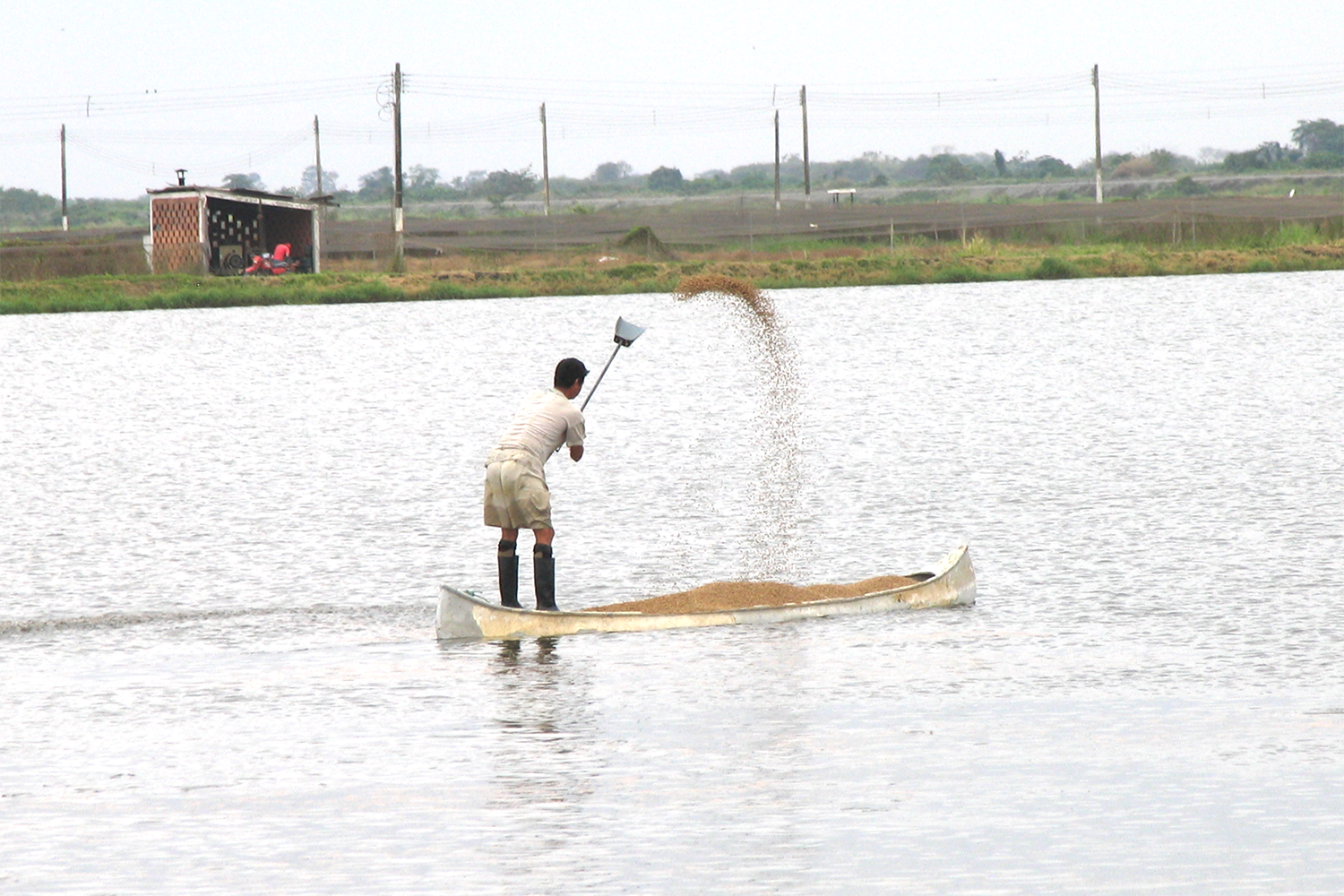
Fish have the lowest feed conversion ratio (FCR) among reared animals, indicating efficient feed utilization per gram of live weight. Despite fish being considered a more environmentally sustainable protein source, the nutrient retention in the live weight of fish is low compared to the amount of nitrogen excreted as ammonia and urea.
For example, commercially fed Nile tilapia has been estimated to retain 35 percent of the nitrogen (N) and 28 percent of the phosphorus (P) into fish biomass, with the remainder of the N and P from feed input being converted to waste. And the assimilation of nutrients in fertilizer-fed Nile tilapia is reported to be even lower, with only 10 percent of the N and 5 percent of the P incorporated into the fish biomass, while the remainder is lost in the cultivation system.
The low percentages of nutrients assimilated highlight that, by far, the largest share of nutrients added to fish cultures is lost. This loss can occur in the form of waste (emission via wastewater or – in the case of carbon and nitrogen – to the atmosphere and sedimentation) or assimilated by non-target biota. Given that feed is generally the major operational cost, this implies an enormous economic loss. In addition, the nutrient inputs in aquaculture are a matter of concern due to the eutrophication of the fish ponds and the receiving waters and as anthropogenic sources of greenhouse gas emissions.
Insight into nutrient fluxes, in combination with different management techniques, could contribute to optimizing fish growth and minimizing potential environmental impacts. A comprehensive understanding of the nutrient dynamics in aquaculture is essential to develop effective nutrient management strategies that minimize environmental impact and promote the long-term viability of aquaculture.
This article – summarized from the original publication (Barbosa, A.P.D. et al. 2024. From Feed to Fish—Nutrients’ Fate in Aquaculture Systems. Appl. Sci. 2024, 14(14), 6056 – presents the results of an overview of studies on nutrient budgets of freshwater earthen fish ponds, which are the most commonly used facility to produce finfish globally.
Study setup
The main questions addressed in this study were, “How do management practices in freshwater aquaculture systems impact the nutrient fluxes, and what practices can be implemented to optimize these parameters and promote the sustainability of these systems?”
To answer them, authors searched literature from the past 40 years, aiming to include the 20 years prior to the rapid increase in fish production as well as recent research. The search was performed in Scopus, ScienceDirect and Web of Science using advanced searches, with combinations of the following search terms together with the Boolean operators AND and OR: fish pond OR “fish pond” AND freshwater AND carbon AND nitrogen AND phosphorus and “nutrient budget” AND aquaculture found in the papers’ titles or keywords. Selected papers were sorted and analyzed.
For detailed information on the study design, literature searches and data analyses, refer to the original publication.
Brazilian researchers examine amino acids in Nile tilapia diets
Results and discussion
A comparison of nutrient budgets and individual fluxes using data from around the world can be complex, but it gives insight into how FCRs, as well as “waste flows” – including sedimentation, surface water outflow and gaseous emissions – vary among fish species, pond systems and management practices. This type of analysis is urgently needed to make fish production more sustainable. Yet global analyses are challenging due to differences in data availability and quality, with some budgets being more complete than others.
The authors argue that despite variations in the available data across studies, comparisons are insightful when data quality and sampling methodologies are considered. Certainly, the most sustainable practice in one region may not be directly applicable to other regions due to factors beyond the control of the fish farmer, including climate, geology, hydrology and land use practices. In addition, socioeconomic and cultural factors can lead to a high variation in fish production strategies (e.g., labor, resources available, fish species suitable for the climatic region).
Feed and fertilizers represented the most substantial nutrient input (often more than 70 percent of the total input). Management malpractices such as overfeeding and overfertilization can increase the contribution of these budget terms to the total nutrient budgets and even more to financial costs. When feed is the primary source of nutrient supplementation, overfeeding can be mitigated simply through improved record-keeping practices and enhanced farmer training.
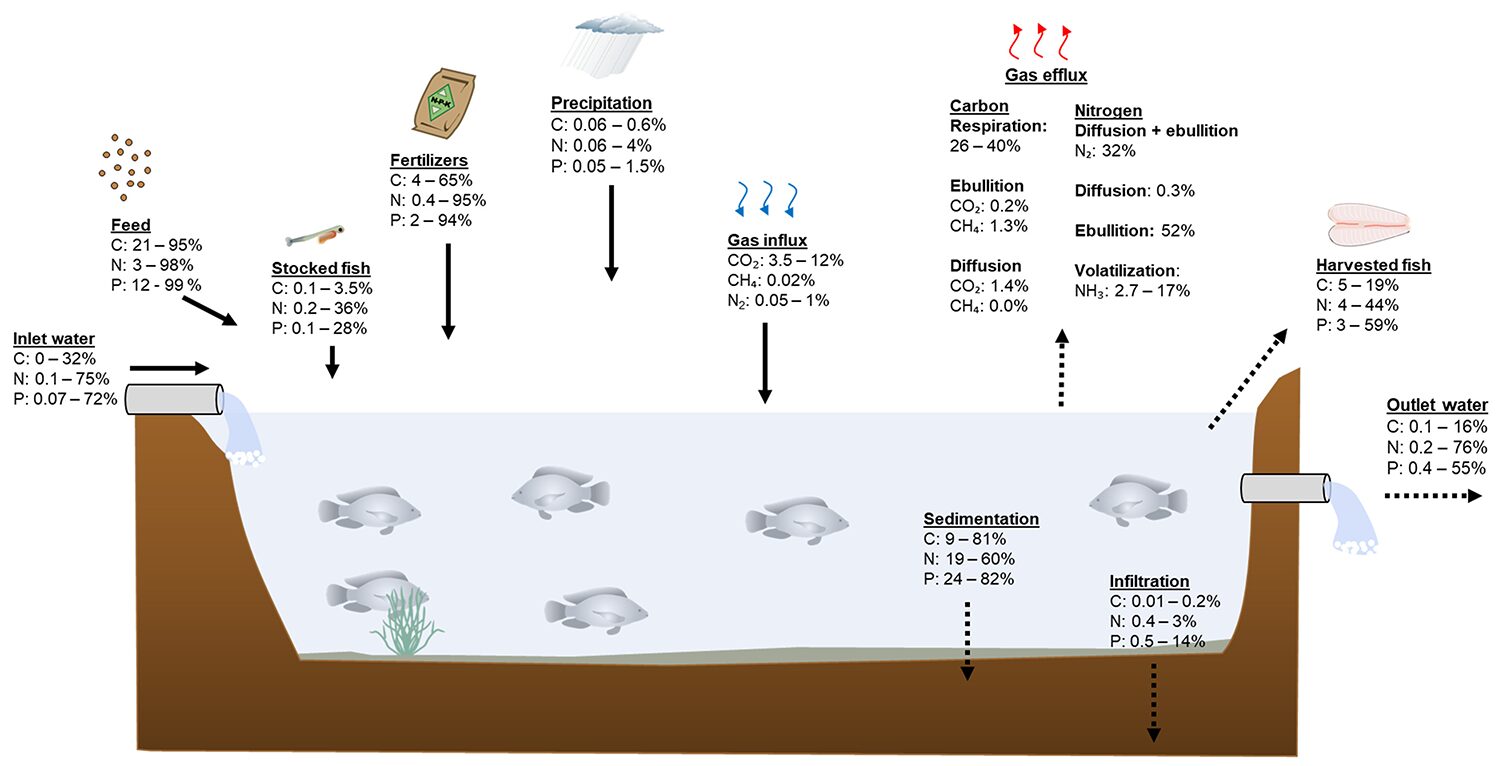
Depending on fish pond management, carbon dioxide uptake due to photosynthetic activity can be an important budget term, particularly in fertilized systems. The uptake of nitrogen gas and methane contributed little to the total N and C input. Even though many studies did not report the water source, studies that did assess it found substantial contributions of inlet water to the total nutrient input. This was particularly the case in Brazilian fish ponds that were supplied with nutrient-rich inlet water. This nutrient-rich water was referred to as “a source of unpaid nutrients.” Its use could exempt the use of supplemental feed and fertilizers and can, therefore, be seen as contributing to the environmental sustainability of fish production.
Depending on the hydrology of fish ponds, precipitation can be an important component of a pond’s water budget. However, it was generally a minor component of the nutrient budget. Although it may be an important source of N in oligotrophic aquatic systems, this is not the case for generally nutrient-rich fish ponds. The relevance of precipitation for C and P input to the systems reviewed here was even lower.
Fish are the targeted endpoint for the nutrients added to the aquaculture ponds; hence, they are generally responsible for a considerable share of the output. Our review, however, shows that the share of nutrients ending up in the harvested fish varies considerably within and among cultivation systems. Harvested fish were reported in most of the assessed studies, indicating their importance in the overall studies on nutrient dynamics or growth performance.
The contribution of harvested fish to the nutrient outputs in aquaculture systems in the assessed papers varied depending on factors such as pond management practices (e.g., feed type, species composition and cultivation methods). In either monoculture, polyculture, or integrated systems, no more than 20 percent of the carbon was harvested as fish. Although nitrogen and phosphorus had higher percentages (more than 70 percent) in one study, the majority of the papers reported no more than 45 percent of the nitrogen as fish, and the phosphorus assimilated by the fish biomass was generally less than 45 percent.
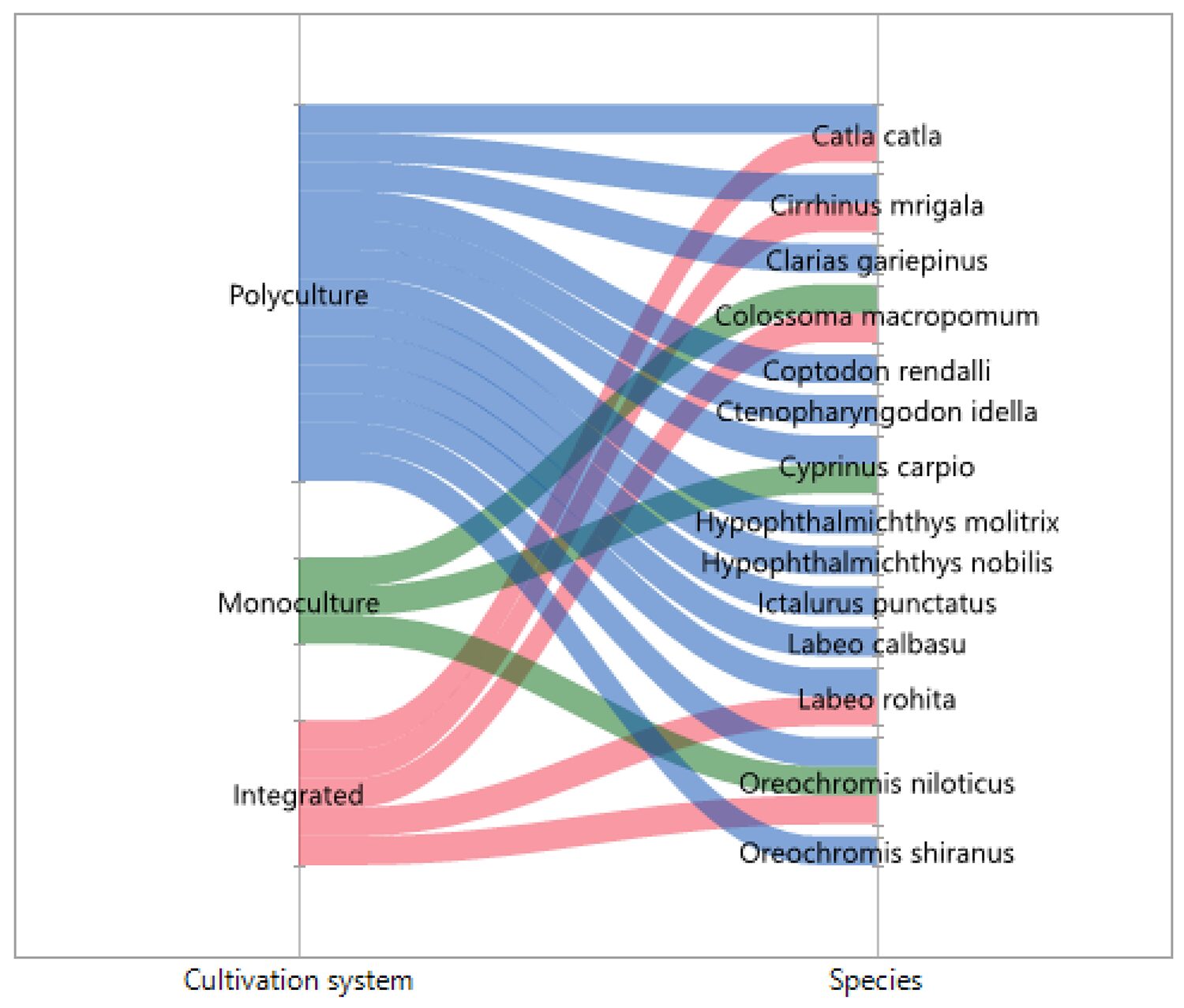
The pond’s bottom was found to often be the second most important endpoint of nutrients, with 80 percent or more of C, N, and P ending up there. However, the variation among aquaculture systems was large, particularly in the high-water-exchange ponds where nutrient retention in the sediment was considerably lower. Only a few studies included the loss of nutrients from the sediment during water drawdown and fishing phases. The nutrients that become mobilized and flushed out transform the fish ponds into significant sources of nutrients for downstream aquatic systems.
Particularly in ponds with a high water exchange rate, outflow was an important non-targeted endpoint of nutrients. In cultivation systems where low or no water exchange is practiced, the loss of nutrients to downstream waters is low. Notable is that even when water exchange during cultivation is low, nutrients may still be flushed out during the harvesting phase when ponds are drained. Part of the nutrients accumulated in the pond sediments throughout the whole cultivation period may then be flushed out due to resuspension.
Nutrient-rich sediments offer a viable option for growing crops within the ponds during the dry phase, used as fertilizer and soil conditioner in plant culture, and also in non-aquaculture agriculture activities. This approach not only optimizes nutrient utilization for fish farmers who also engage in agriculture but also benefits the environment by minimizing the release of nutrients into water bodies and the atmosphere. New studies should incorporate sediment as indicators to assess the sustainability of fish farming, particularly in instances where there is a significant influx of nutrients from feed and fertilization methods.
Perspectives
This review highlights several gaps in reporting nutrient budget terms, and we therefore call for more comprehensive studies on nutrient budgets. Efforts should prioritize input and output terms with high contributions to the total budget. More efficient feeding and fertilization decreases the contribution of these input terms to the total inputs and optimizes the feed conversion ratio.
Furthermore, when important nutrient sources other than feed or fertilizers are identified (e.g., nutrient-rich inlet water), the input of feed and fertilizer may be reduced in the case of some species (e.g., filter-feeder species). Additionally, cultures integrating fed and extractive organisms can further increase nutrient assimilation.
Outlet water and sediment are potential sources of contamination of the environment. On the other hand, nutrient-rich sediments and water offer a viable option for crop fertilization, increasing nutrient use efficiency. As nutrients in the fish pond sediment can also significantly impact greenhouse gas emissions, not only when the ponds are full but also during dry phases and after being deposited elsewhere, recognizing that gas efflux is a crucial pathway for nutrient loss is crucial for understanding environmental impacts reaching further than the local environment.
Overall, insight into the full nutrient budget of an aquaculture system facilitates the formulation of best management practices with effective strategies for sustainable aquaculture.
Now that you've reached the end of the article ...
… please consider supporting GSA’s mission to advance responsible seafood practices through education, advocacy and third-party assurances. The Advocate aims to document the evolution of responsible seafood practices and share the expansive knowledge of our vast network of contributors.
By becoming a Global Seafood Alliance member, you’re ensuring that all of the pre-competitive work we do through member benefits, resources and events can continue. Individual membership costs just $50 a year.
Not a GSA member? Join us.
Author
-
Ana Paula Dalbem Barbosa, M.Sc.
Corresponding author and Ph.D. candidate
Department of Ecology, Faculty of Science, Radboud University, 6525 XZ Nijmegen, The Netherlands; and Graduate Program in Environmental Sciences, Laboratory of Ichthyology of the North Pantanal, State University of Mato Grosso, Cáceres 78200-000, Brazil
Tagged With
Related Posts
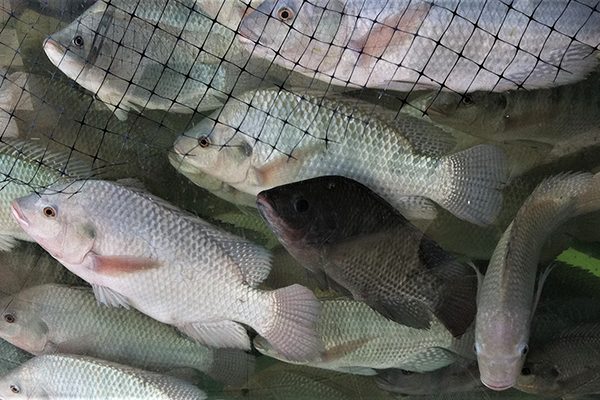
Health & Welfare
How light intensity levels can impact stress effects in Nile tilapia aquaculture
Exposure to varying light-intensity levels changes the water quality, bacteria count, survival rate and disease resistance in Nile tilapia culture.
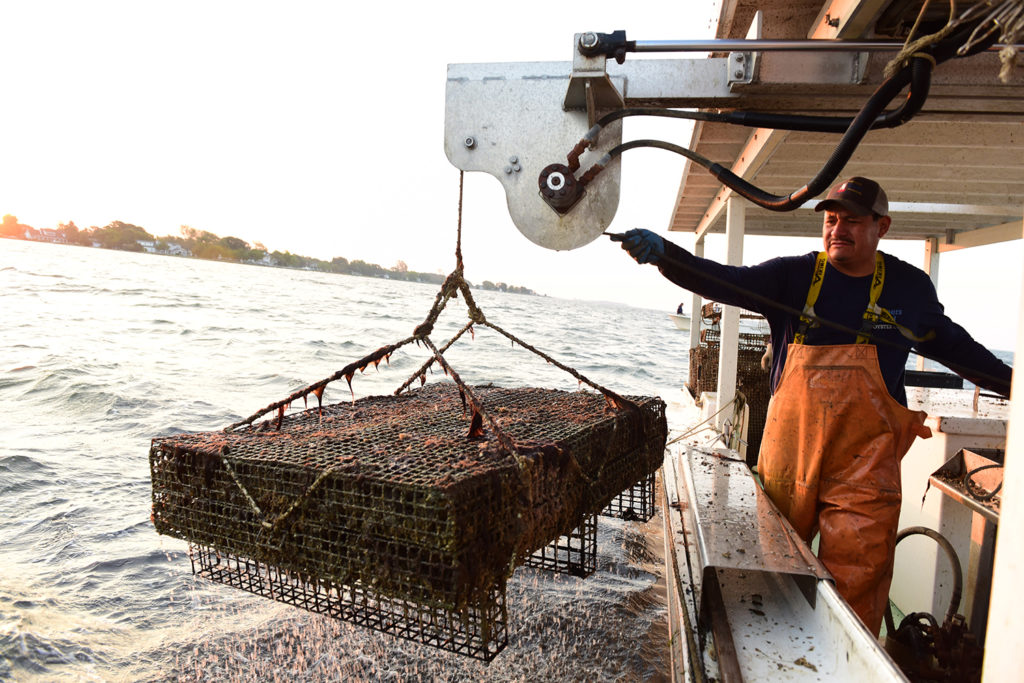
Responsibility
Can shellfish growers cash in with nutrient trading?
In Maryland and Virginia, developers can buy credits from oyster farmers to offset their assumed environmental impacts. Can "nutrient trading" work?
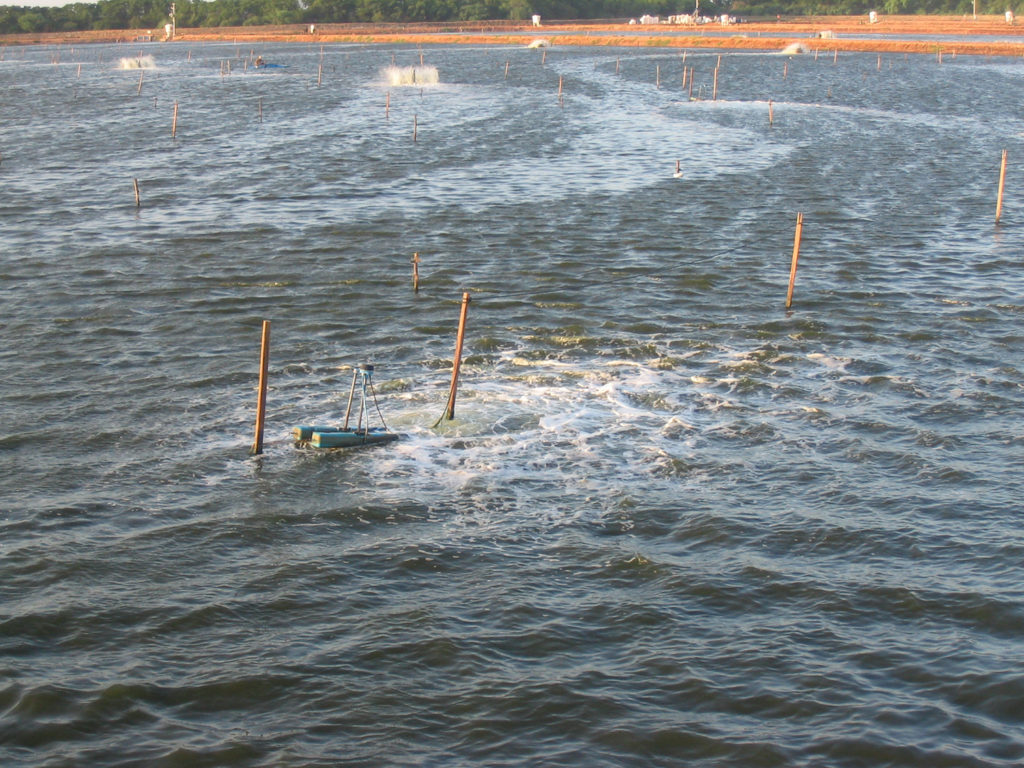
Health & Welfare
Dissolved oxygen dynamics
Dissolved oxygen management is the most important requirement of aquaculture pond water quality. DO concentration below 3 mg/L is stressful to shrimp.
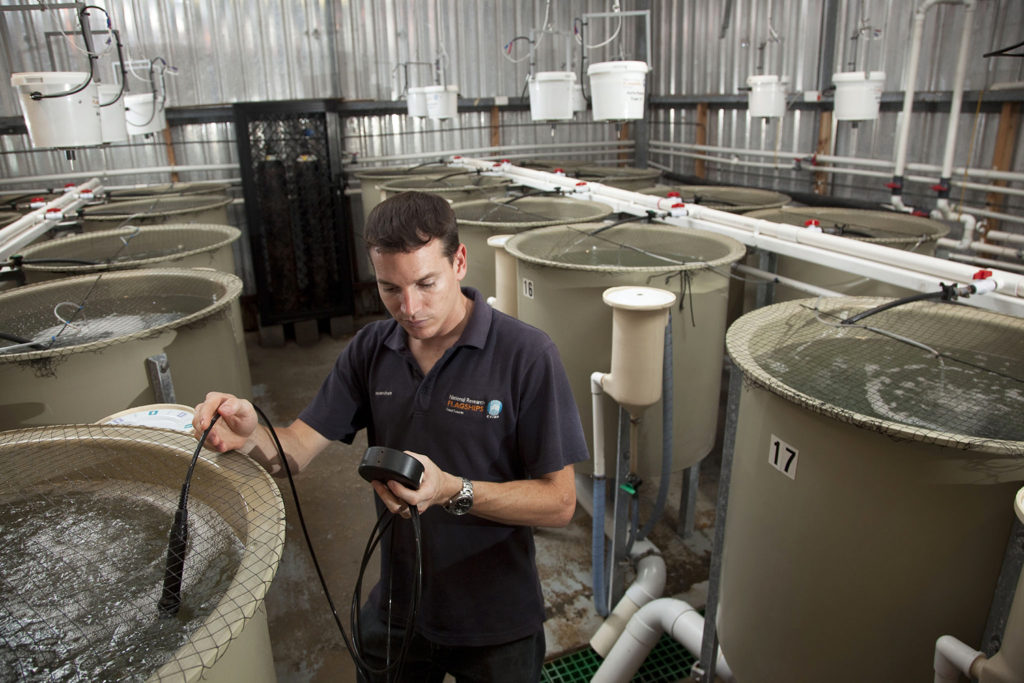
Health & Welfare
Effects of poultry protein concentrate, phosphorus supplementation in barramundi juveniles
This study characterized the nutritional value of a high-quality poultry protein concentrate against standard poultry meal in barramundi juveniles.



